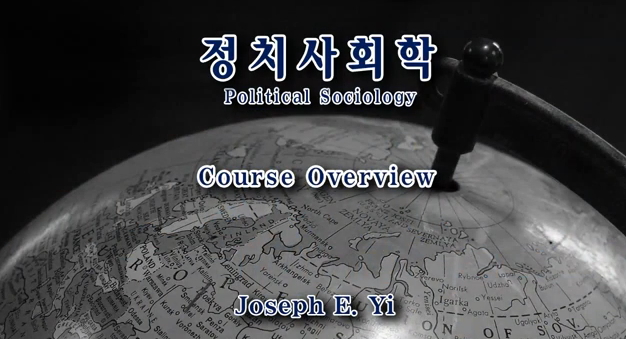This historical, qualitative study used the combined methods of oral history and document analysis to examine how race, class, and gender intersected in women's participation in the welfare rights movement and their responses to changes in welfare po...
http://chineseinput.net/에서 pinyin(병음)방식으로 중국어를 변환할 수 있습니다.
변환된 중국어를 복사하여 사용하시면 됩니다.
- 中文 을 입력하시려면 zhongwen을 입력하시고 space를누르시면됩니다.
- 北京 을 입력하시려면 beijing을 입력하시고 space를 누르시면 됩니다.
The boundaries of sisterhood: Race, class, gender, and participation in Michigan's welfare rights movement and response to welfare policy, 1964--1972.
한글로보기https://www.riss.kr/link?id=T11186109
- 저자
-
발행사항
[S.l.]: Michigan State University 2006
-
학위수여대학
Michigan State University
-
수여연도
2006
-
작성언어
영어
- 주제어
-
학위
Ph.D.
-
페이지수
173 p.
-
지도교수/심사위원
Adviser: John M. Herrick.
-
0
상세조회 -
0
다운로드
소속기관이 구독 중이 아닌 경우 오후 4시부터 익일 오전 9시까지 원문보기가 가능합니다.
부가정보
다국어 초록 (Multilingual Abstract)
This historical, qualitative study used the combined methods of oral history and document analysis to examine how race, class, and gender intersected in women's participation in the welfare rights movement and their responses to changes in welfare policy during the period between 1964 and 1972. A multidimensional feminist standpoint approach (Naples, 2003) and an intersectional approach were used to inform the conceptual framework for this study, and the literature on women's historical participation in social movements, the development and dismantling of the National Welfare Rights Organization, and historical changes in welfare policy during the Johnson and Nixon administrations were also examined. This research focused on Detroit and Southeast Michigan, and examined how women in the welfare rights movement crossed and/or maintained boundaries of race and class while acting from a similar gender perspective. Interviews were conducted with 13 participants in the welfare rights movement in the Detroit, Michigan area and documents from various archival sources were analyzed. Primary sources, documents created by movement participants, were examined. Results of this study indicate that a shared standpoint of "woman" was particularly evident in non-recipient "friends of welfare rights" initial motivation to join the movement, and a strong poverty-class standpoint was emphasized in recipient members' participation. Maternalism was a significant mobilization feature for the friends of welfare rights; however, a practical maternalism emerged within the recipients' motivation and involvement in the welfare rights movement. Documents that responded to changes in welfare policy most frequently emphasized gender, particularly motherhood and the right to financial support. Overall, race and class based differences were emphasized most in decision making, tactics, and control within the movement. Within the documents, race was used in a more divisive way in responding to welfare policy changes, calling up images of slavery and oppression, and class was used ambivalently by including "working families" and "working mothers" in calls to fight against policies that would harm poor women on welfare. Where boundaries of race and class were able to be crossed within this sample, it was when non-recipients engaged in the same activities as recipients, but encouraged control and leadership to be maintained by recipients. These results indicate that similarities in gender or motherhood status were helpful in motivating some individuals to initially form linkages across difference, but connections were complicated based on differences in the ways that class and race intersected gender. This dissertation is an interdisciplinary study that fills gaps in the literature within the fields of social work and community practice, social work advocacy, women's history, women's studies, and sociology.











